Textile fibers form the backbone of the fabric industry, each possessing unique properties that contribute to the performance and aesthetics of the final product. From durability to luster, from absorbency to flammability, these fibers offer a diverse array of characteristics that cater to various consumer needs and preferences. Let's delve into some of the key attributes:
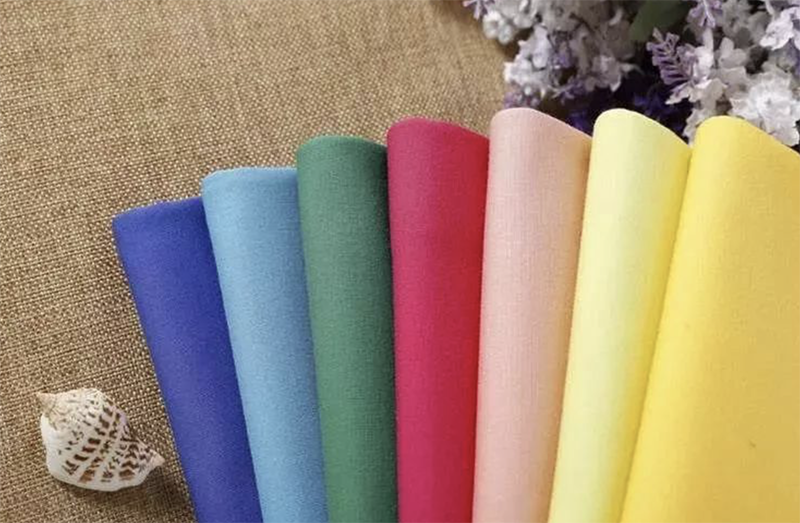
1. Abrasion Resistance: The ability of a fiber to withstand wear and tear, crucial for fabrics subjected to frequent use or friction.
2. Absorbency: This property defines a fiber's capacity to soak up moisture, impacting comfort levels and suitability for different climates.
3. Elasticity: Fibers with elasticity can stretch and recover their shape, providing flexibility and comfort in garments that require movement.
4. Flammability: The degree to which a fiber ignites and sustains combustion, a critical consideration for safety in clothing and home textiles.
5. Hand Feel: Referring to the tactile sensation or "hand" of the fabric, influenced by factors like fiber type, yarn construction, and finishing treatments.
6. Luster: The shine or sheen exhibited by a fiber, ranging from dull to high gloss, contributing to the visual appeal of textiles.
7. Pilling: The formation of small, tangled balls of fibers on the fabric surface over time, influenced by fiber type and fabric construction.
8. Strength: The tensile resistance of a fiber, vital for ensuring the longevity and durability of textiles.
9. Thermal Properties: Including insulation, conductivity, and heat retention, affecting comfort and performance in various environments.
10. Water Repellency: Some fibers possess inherent hydrophobic properties or can be treated to resist water absorption, suitable for outdoor or performance textiles.
11. Dye Affinity: The ability of a fiber to absorb and retain dyes, influencing the vibrancy and colorfastness of the final product.
12. Biodegradability: As sustainability becomes increasingly important, fibers that break down naturally after disposal are gaining attention in the textile industry.
13. Static Electricity: The tendency of certain fibers to generate static charges, impacting comfort and garment care.
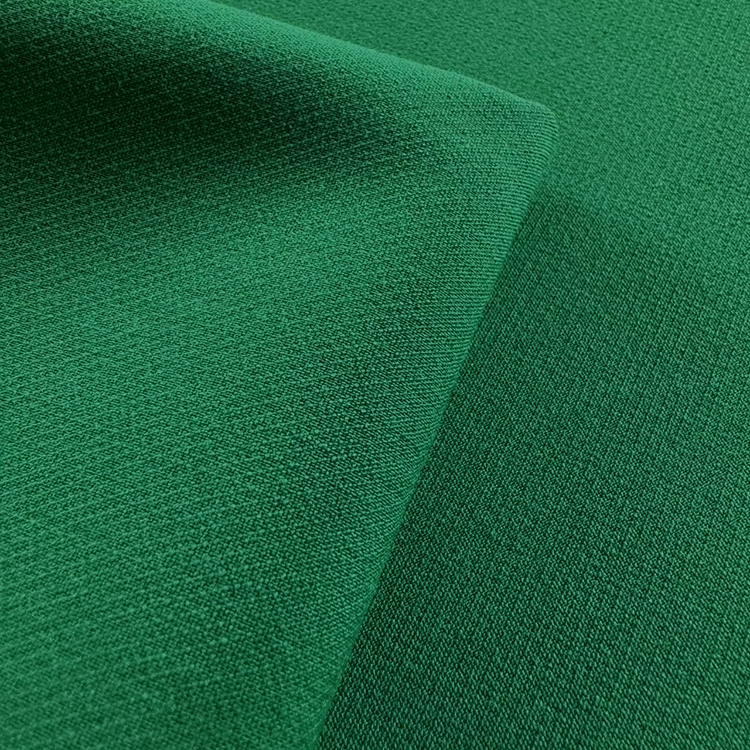
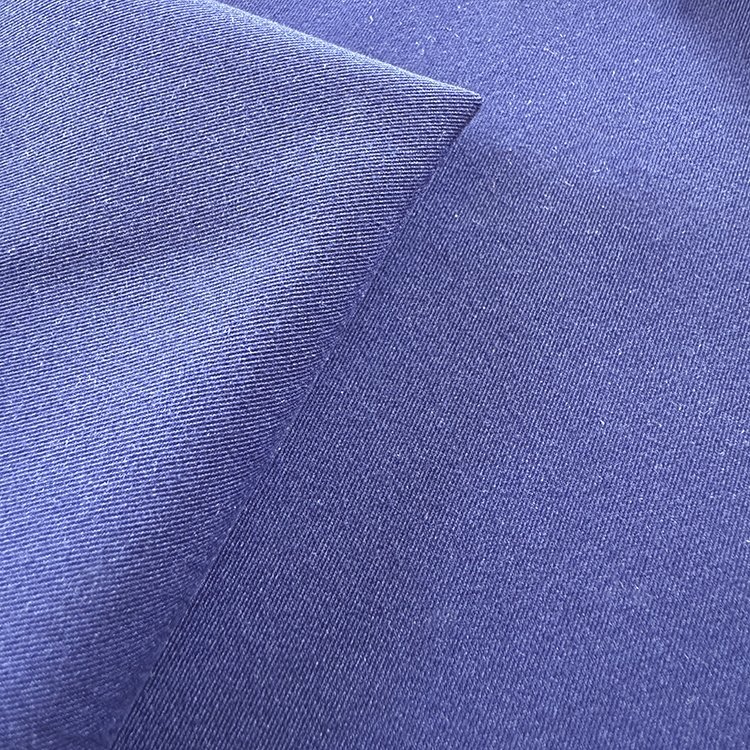
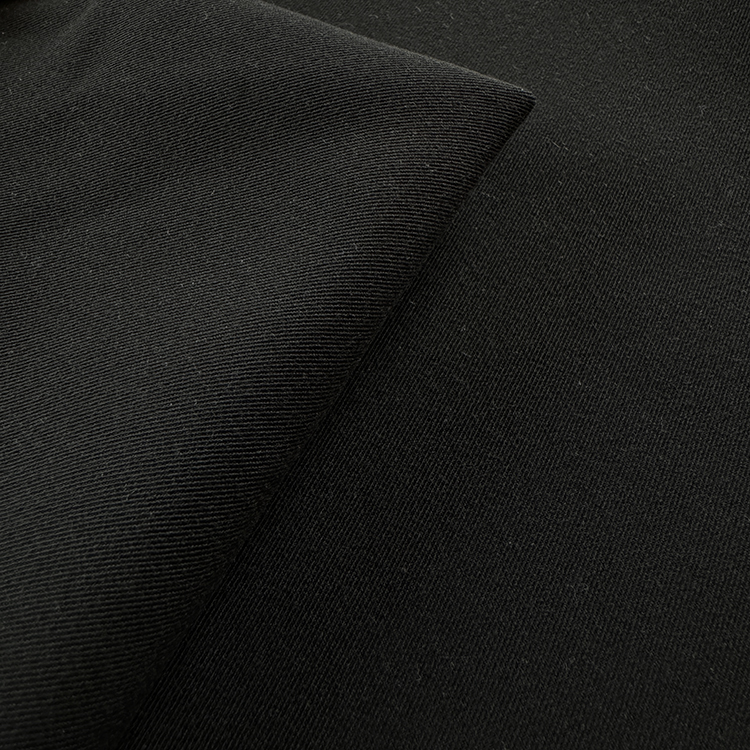
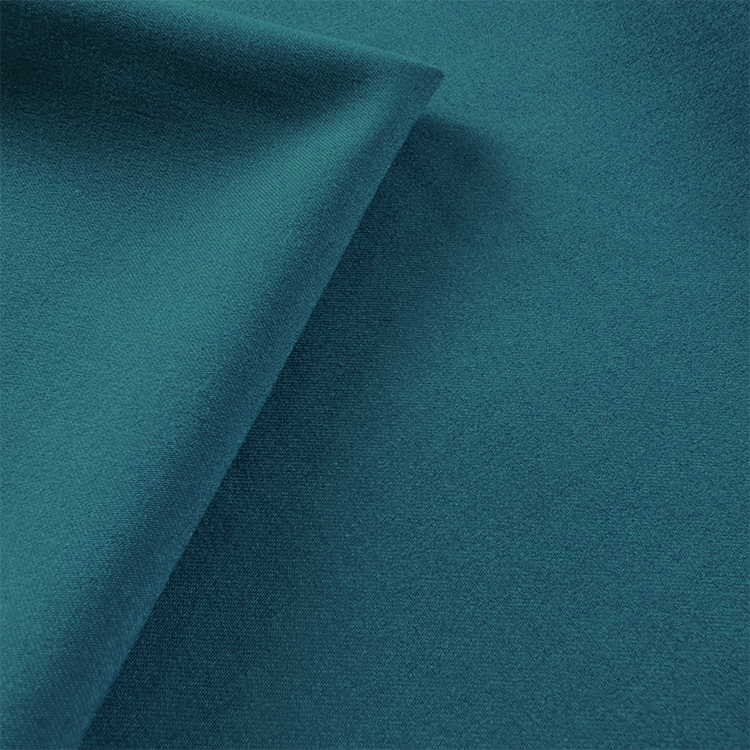
Understanding these diverse characteristics empowers designers, manufacturers, and consumers to make informed choices when selecting textiles for various applications. Whether it's crafting durable workwear, luxurious bedding, or high-performance activewear, the world of textile fibers offers a wealth of possibilities to explore. As technology advances and sustainability concerns grow, the quest for innovative fibers with enhanced properties continues to drive the evolution of the textile industry.
Post time: May-10-2024
